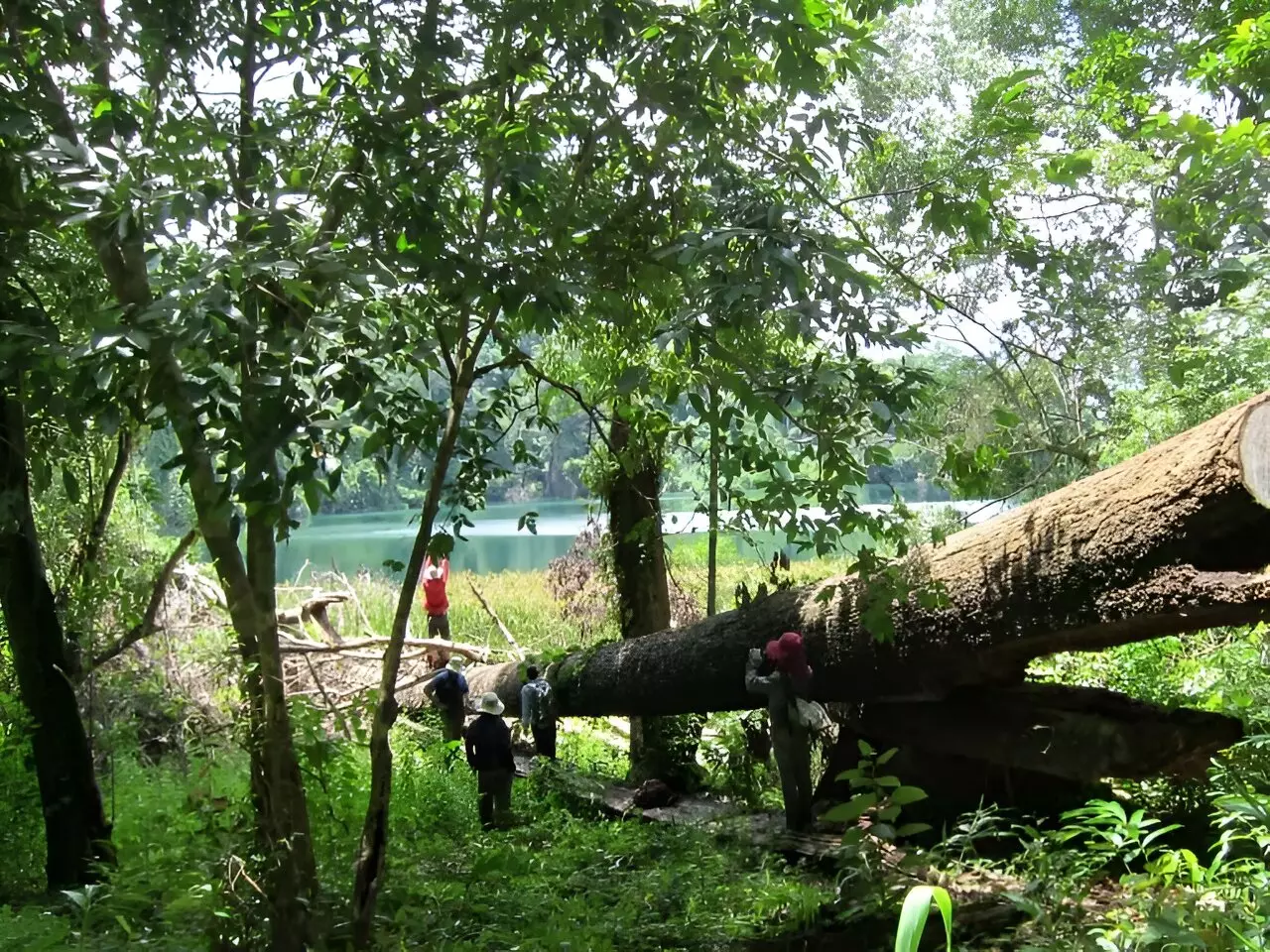A recent study conducted by an international team of scientists, led by Dr. Rebecca Hamilton at the University of Sydney, challenges the previous scientific consensus on the dominant landscape during the Last Glacial Maximum in South East Asia. Contrary to the belief that the region was predominantly dry savannah, the team discovered a mosaic of diverse closed and open forest types. These findings not only provide valuable insights into the past, but also have implications for the future resilience of Asia’s tropical forests in the face of climate change.
One of the key implications of this research is the potential resilience of Asia’s tropical forests to climate change. The study suggests that maintaining a diversity of landscape types could enhance the resilience of these forests. By prioritizing the protection of forests above 1000 meters (known as ‘montane forest’) alongside seasonally dry forest types, the future “savannization” of the region’s rainforests could be prevented. This discovery challenges the previous assumption that the region’s rainforests would be highly vulnerable to climate change.
Savannization refers to the transformation of a forested area into a savannah ecosystem, typically characterized by open wooded plains. This process can be triggered by climate variations, human interventions, or natural ecological dynamics. The research team’s findings suggest that during the Last Glacial Maximum, the montane forests persisted and expanded in high-elevation regions, while the lowlands experienced a shift to seasonally dry forests with a naturally grassy understory. Understanding this concept is crucial for managing and conserving tropical forests in the future.
To challenge the prevailing savannah model, the team analyzed records from 59 paleoenvironmental sites across tropical Southeast Asia. They examined pollen grains preserved in lakes and other biochemical signatures to reconstruct the landscape during the Last Glacial Maximum. The results showed a coexistence of forests and grasslands during this period, contradicting the previous assumption of a uniform grassland expansion.
The study also highlights the impact of these landscape changes on human and animal migration across the region. The presence of diverse forest types would have provided a more varied resource base for both humans and animals. This challenges the previous understanding of the environmental conditions during the Last Glacial Maximum and emphasizes the importance of considering this diversity when studying past and future migrations.
The research team comprised scientists from various institutions, including the Max Planck Institute of Geoanthropology in Jena, Germany; Flinders University; Purdue University in the United States; University of the Philippines; and the Australian National University. Their collaboration demonstrates the significance of interdisciplinary research in unraveling complex environmental patterns and processes.
In addition to their groundbreaking findings, the researchers developed statistical methods to cross-compare the numerous paleoecological records. These methods have the potential for broader application in testing past ecological changes in different regions. By improving our understanding of historical landscapes, these statistical approaches enable us to make more informed decisions for conservation and management in the face of ongoing and future environmental changes.
The study led by Dr. Rebecca Hamilton presents a paradigm shift in our understanding of the Last Glacial Maximum landscape in South East Asia. The mosaic of diverse closed and open forest types challenges the previous assumption of a dominant dry savannah. These findings not only expand our knowledge of the past but also offer hope for the resilience of Asia’s tropical forests to climate change. By prioritizing the protection of montane forests and seasonally dry forest types, we can work towards preventing the potential “savannization” of these vital ecosystems. The collaborative research and statistical methods developed in this study serve as valuable tools for future investigations into ecological changes. It is through continued research and proactive conservation efforts that we can ensure the long-term survival of Asia’s tropical forests.



Leave a Reply